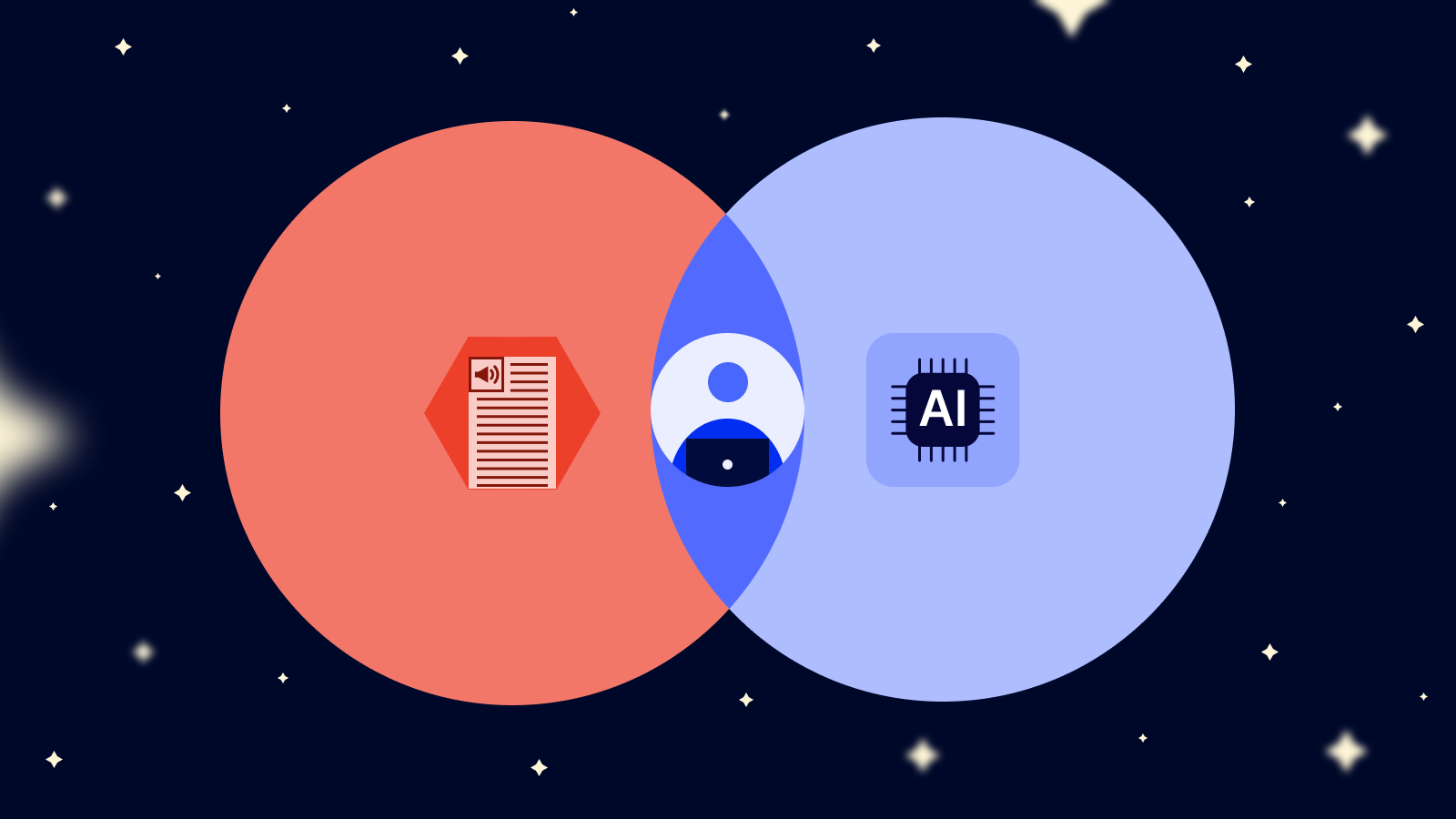چیٹ جی پی ٹی, an AI-powered language model developed by OpenAI, stands at the forefront of transforming the future of transcription services. The impact of ChatGPT extends beyond mere automation, offering a glimpse into a future where transcription is not only more efficient but also adaptable to the diverse linguistic and contextual intricacies of human communication.
ChatGPT’s Transcription Prowess
ChatGPT’s entry into the transcription arena marks a significant departure from traditional methods. Its key capability lies in automating the transcription process with an unprecedented level of accuracy. Previously reliant on human transcriptionists, this task can now be executed by ChatGPT at a faster pace and with reduced room for errors. The implications of this automation ripple through the transcription industry, promising heightened efficiency and cost-effectiveness.
Moreover, ChatGPT’s versatility in handling multiple languages further solidifies its role in reshaping transcription services. Businesses operating on a global scale or engaging with diverse linguistic landscapes can leverage ChatGPT to transcribe audio and video files seamlessly, transcending language barriers and ensuring accuracy in multilingual contexts.
Advancements in Natural Language Processing
The backbone of ChatGPT’s transcription prowess lies in the advancements in Natural Language Processing (NLP). NLP, a critical aspect of AI, empowers ChatGPT to understand not only the spoken words but also the context, meaning, and intent behind them. This nuanced understanding extends to idioms, colloquialisms, and diverse linguistic expressions, resulting in a level of transcription accuracy that was previously challenging to achieve.
The ability of ChatGPT to adapt to different accents and speaking styles further enhances its transcription capabilities. This adaptability proves invaluable when transcribing audio or video files that feature various dialects or include background noise, showcasing the model’s robustness in diverse transcription scenarios.
Transformative Impact on Transcription Work
The automation of the transcription process itself is a game-changer, reducing the need for human transcriptionists and allowing companies to achieve faster results.
With ChatGPT, companies can now transcribe files in multiple languages, catering to a global audience and accommodating diverse linguistic needs. This adaptability extends to handling different dialects and mitigating challenges posed by background noise, making ChatGPT an indispensable asset for companies dealing with varied audio and video sources.
The integration capabilities of ChatGPT add another layer of efficiency. Companies can seamlessly integrate ChatGPT with other software and platforms, automating transcription tasks across departments. From transcribing customer service calls for CRM integration to generating meeting minutes from conference calls, ChatGPT streamlines processes and simplifies transcription-related workflows.
Potential Use Cases Beyond Transcription
While ChatGPT’s impact on transcription services is profound, its potential extends beyond this domain. The versatile language model finds application in various industries, offering solutions beyond transcription.
Customer Service
ChatGPT can enhance customer service by accurately transcribing customer inquiries and complaints from calls, automatically extracting crucial information for seamless integration into CRM systems.
Market Research
In the realm of market research, ChatGPT can analyze vast amounts of text data from customer reviews, social media, and news articles. This analysis yields valuable insights and trends, providing companies with a comprehensive understanding of customer sentiment and industry developments.
Automated Content Generation
ChatGPT’s capabilities extend to automated content generation, including summarizing news articles, crafting headlines, and even generating emails. This opens up new possibilities for efficient content creation.
Navigating the Automation Trend
ChatGPT plays a pivotal role in the broader trend towards automation in the workforce. By automating tasks related to understanding and processing human language, ChatGPT contributes to increased efficiency and cost savings for companies. Its integration capabilities enable the automation of tasks across various departments, streamlining processes and reducing dependence on manual labor.
However, it is crucial to acknowledge the potential implications of this automation trend. Some jobs, particularly those traditionally handled by human transcriptionists, may face challenges as automation takes center stage. Adaptation becomes key, and individuals and companies must explore new opportunities and retraining avenues in response to evolving job demands.
The Future of Human Transcriptionists
As ChatGPT introduces automation into the transcription landscape, questions arise about the future of human transcriptionists and their roles. Automation of the transcription process may lead to a reduced demand for human transcriptionists, but it also brings forth new opportunities.
Automation of Transcription
The automated nature of ChatGPT may impact the demand for human transcriptionists, prompting companies to choose automation over traditional manual methods for efficiency and cost-effectiveness.
Competition with ChatGPT
The extensive capabilities of ChatGPT, including its ability to transcribe different languages and dialects with high accuracy, may pose challenges for human transcriptionists in terms of competitiveness.
New Opportunities
Despite challenges, the evolving landscape presents new opportunities for human transcriptionists. Roles such as quality assurance, editing, and proofreading become crucial in ensuring the accuracy of automated transcriptions. Moreover, new opportunities may emerge in related fields, offering avenues for skill diversification.
Conclusion: Charting the Future of Transcription
In conclusion, ChatGPT emerges as a transformative force in the future of transcription services. Its unparalleled transcription capabilities, driven by advancements in Natural Language Processing, redefine efficiency and accuracy in the transcription landscape. While companies stand to benefit from streamlined processes and cost savings, the evolution prompts a thoughtful consideration of the implications for human transcriptionists.
The future of transcription, shaped by ChatGPT, holds promise for increased efficiency, adaptability, and versatility. As businesses navigate this evolving landscape, a delicate balance between automation and human expertise becomes paramount. By embracing the capabilities of ChatGPT while proactively addressing the implications for human roles, the transcription industry charts a course towards a future where technology and human skills synergize for optimal outcomes.






